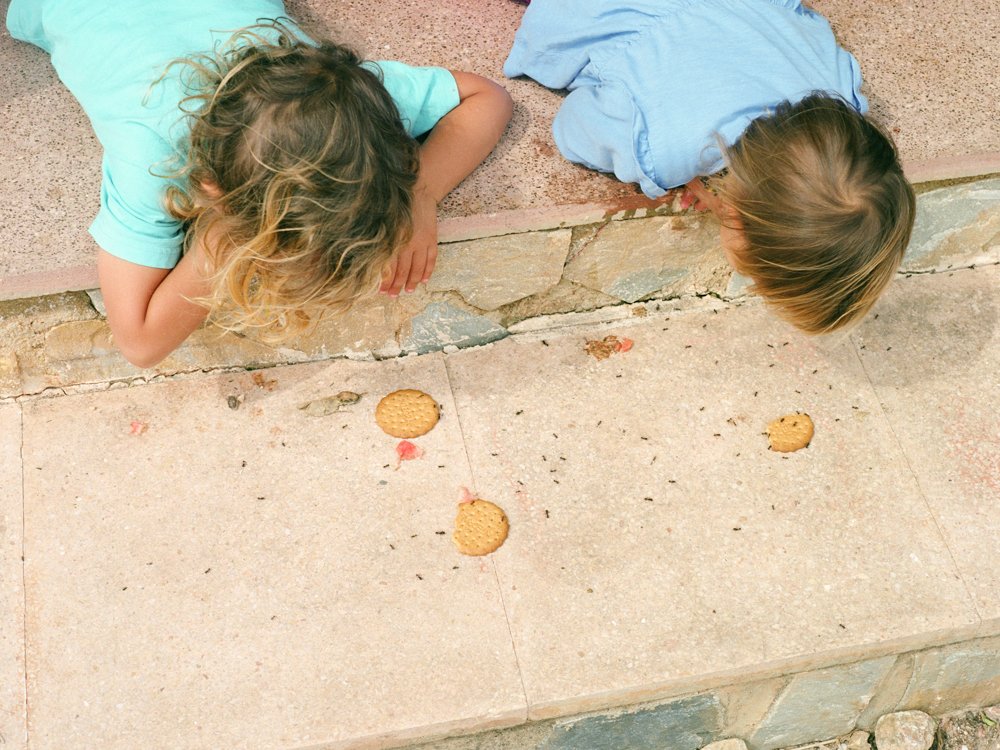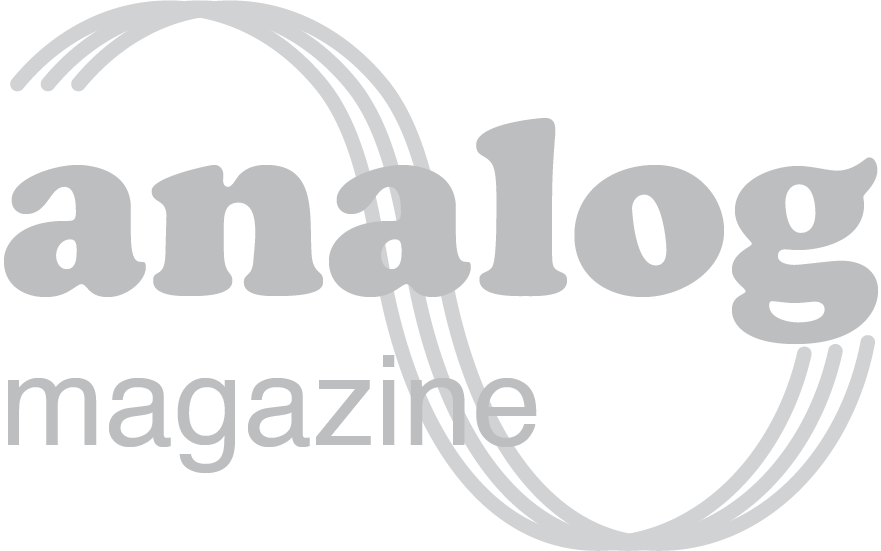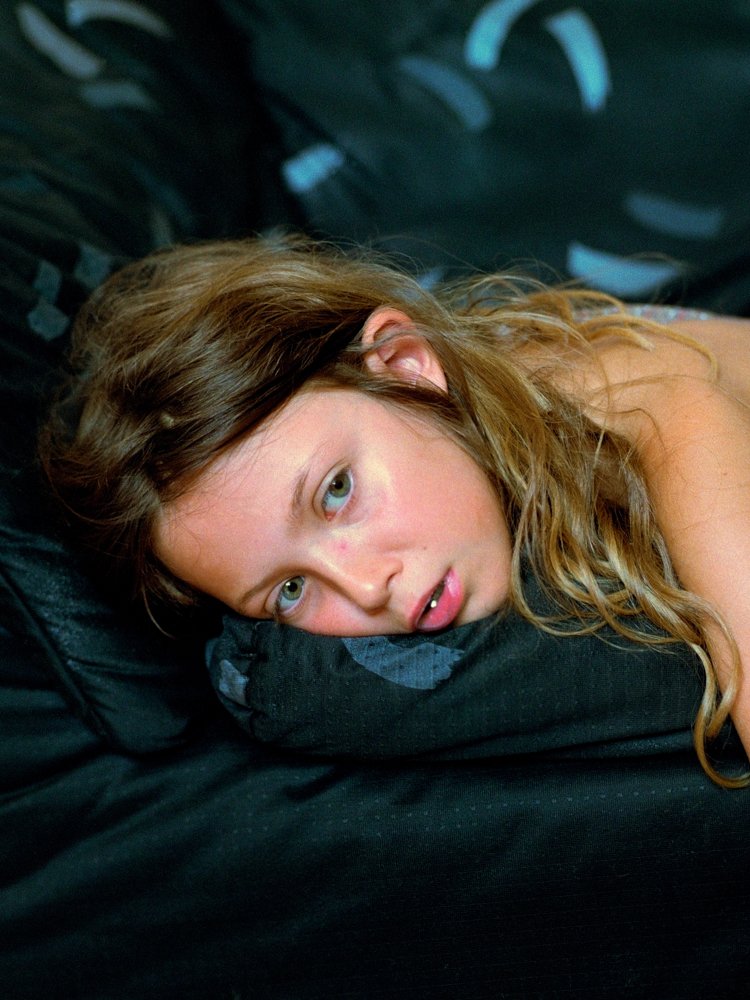
Irmina Walczak
Oasis: In Our Quarantine Yard
Oct 03, 2023
Irmina, a self-taught Polish photographer who collaborates with her husband, employs the camera as a profound means of self-expression and a tool for chronicling the tapestry of their lives.
In her poignant series, 'Oasis: In Our Quarantine Yard,' Irmina offers a heartfelt visual chronicle of her family's experience during the Covid-19 pandemic lockdown. Through everyday and contemplative imagery, she provides a testament to a moment in history when the world stood still. Her work prompts us to ponder the fragility of life and the ease with which our routines can be disrupted.
First of all thank you very much for your contribution to our project. Can you please introduce yourself for us?
Thank you for the space and this incredible community! We are a Brazilian-Polish couple working as a tandem. Since 2017 we have been living in a camping car crossing Europe and abroad. We are self taught photographers. I (Irmina) am a PhD in social sciences with a large academic experience in anthropology. Sávio comes from the social economy and ONG’s environment. Our education in arts and photography is based on books, workshops, meetings with other artists and obviously a lot of practice.
How did you start in photography?
Both of us have been photography lovers and practitioners since our youth. After studies in different fields, we came back to photography in search of self expression and more freedom. 12 years ago, when our daughter was born, we decided for the career transition and since then we have dedicated ourselves to photography. Nowadays, we divide our time between personal projects and education. We work with people on creative processes through female study groups and one-to-one mentoring program.
What is ‘Oasis: In our quarantine yard' about?
Oasis: In our quarantine yard is a series created during 95 days of the confinement of our family in the Spanish countryside, the place where we were surprised by the lockdown due to the Covid-19 pandemic. It explores the experience of social distancing in a rural area where space is widened but, at the same time, human presence is scarce. Especially for children, who make the bars their window to the world. The contact with nature is intensified and a silence, leisure are filled by observing natural events. Simultaneously, the break with reality and its common rhythm makes the imagination flourish. With the sunset, the restlessness and fear of death awaken. We all learn how to tame these monsters of the night and wake up light enough to appreciate the growth of our temporary vegetable garden.
What was your motivation behind this project?
We wanted to look at the experience of a pandemic as a multifaceted event. We feel that photography, especially the domestic one, has a potential to talk about history from another perspective - the one we cannot find in history books or internet and TV news. It’s about the intimate relationship with time and the event without espectacular shouting, numbers and terrifying headlines. Even without the pandemic symbols as masks or gloves. When we were shooting the project but especially now, with a distance in time, we see the close relation with my grandmother’s experience during the II World War. Despite living 100km far from Warsaw, she was leading a kind of normal life. She got married, she built her house and gave birth to her first child. There was a fear in the air but daily life was running, trying to find ways to normality. Our intention with this project is to preserve a little bit of this daily commonness: boredom, family time, anxiety, kids joy and staying in nature that has always a healing influence on us. And this has nothing to do with a lack of sensitivity and empathy. It's human nature. We want to make people have a short reflection about what was about the Covid time to each one of us because this sum makes a social experience. It was about death and solitude, about fear for our familiars but also about our personal limits, love and our lives time and finally about the horizon towards which our society is heading.
In general, what inspires your work?
Things that happen to us; that touch us somehow. Frida Kahlo said once that she painted herself because she is the one she knows better and nowadays it makes a lot of sense for us, it seems to be the most authentic topic we can talk about visually.
Who are your favourite photographers / artists?
There are so many! I will mention some of them, the contemporary ones: Elinor Carucci, Siân Davey, Julien Magre, Rinco Kawauchi.
What is your favourite photo book?
Oh again, it is difficult to choose one! We are big fans of this medium but I will mention one - “Immediate family” by Sally Mann because of its importance for domestic and intimate photography.
Thank you very much for your time and contribution to analog magazine.
Thank you again for your interest in our work.
All images © Irmina Walczak















